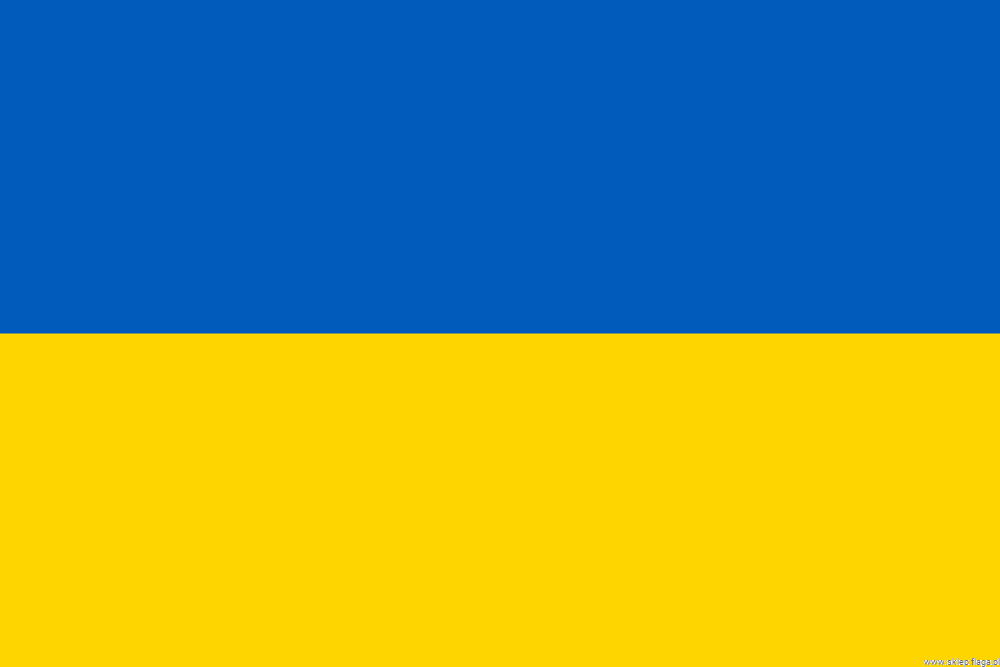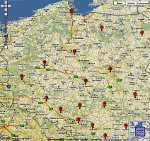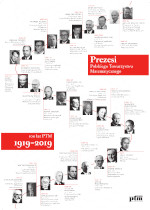Członkostwo Wydarzenia Nagrody i konkursy Nagrody główne PTM Nagroda dla młodych matematyków Międzynarodowa nagroda im. Stefana Banacha Konkursy studenckie Konkurs im. Witolda Wilkosza na najlepszą studencką pracę popularyzującą matematykę Konkurs prac studenckich z matematyki im. Józefa Marcinkiewicza Konkurs prac studenckich z rachunku prawdopodobieństwa i zastosowań matematyki Konkurs im. A. Z. Krygowskiej na najlepszą pracę studencką z dydaktyki matematyki
Inne konkursy Regulaminy
Galeria Wydawnictwa Wyszukiwanie e-płatności
Vaughan R. Voller (University of Minnesota, USA), Anomalous diffusion: direct simulations and fractional calculus models
Oddział:
Oddział Warszawski
czw, 2018-12-13 14:30
Oddział Warszawski Polskiego Towarzystwa Matematycznego i Instytut Matematyki Stosowanej i Mechaniki Wydziału Matematyki, Informatyki i Mechaniki Uniwersytetu Warszawskiego
W dniu 13 grudnia 2018 roku (CZWARTEK) o godz. 14:30 w sali 2180 (I piętro) Wydziału Matematyki, Informatyki i Mechaniki Uniwersytetu Warszawskiego przy ul. Banacha 2 (wejście od ul. Pasteura),
Profesor Vaughan R. Voller (Department of Civil, Environmental, and Geo-Engineering, University of Minnesota, USA)
wygłosi
WYKŁAD
pod tytułem
ANOMALOUS DIFFUSION: DIRECT SIMULATIONS AND FRACTIONAL CALCULUS MODELS
Streszczenie wykładu:
The classic hall-mark of a diffusion transport process is that the length-scale of the spreading of a conserved quantity (heat, solute, etc) changes with the square root of time. This phenomena is readily observed in homogeneous materials. When appropriate heterogeneity is present, however, the classic signal can be replaced with an anomalous (non-local) behavior where power-law changes of the diffusion length-scale with time differs from the square root. There are two parts to that talk. In the first (based on collaborative work with Diogo Bolster and Fabio Reis) I will use direct simulations of 2-D diffusion processes to demonstrate how the presence of heterogeneity can induce anomalous signals. The second part of the talk will focus on fractional calculus models of anomalous diffusion. We will show, through scaling, how a one-dimensional diffusion model, with fractional transient and flux terms produces anomalous transport signals. Drawing from on going work with Namba and Rybka, I will also comment on the physical validity of the fractional flux, with particular focus on boundary conditions in finite domains.
Vaughan R. Voller
Serdecznie zapraszamy,
Zarząd Oddziału Warszawskiego PTM
http://personal.cege.umn.edu/%7Evoller/
http://www.cege.umn.edu/directory/faculty-directory/voller.html


 Linki
Linki

